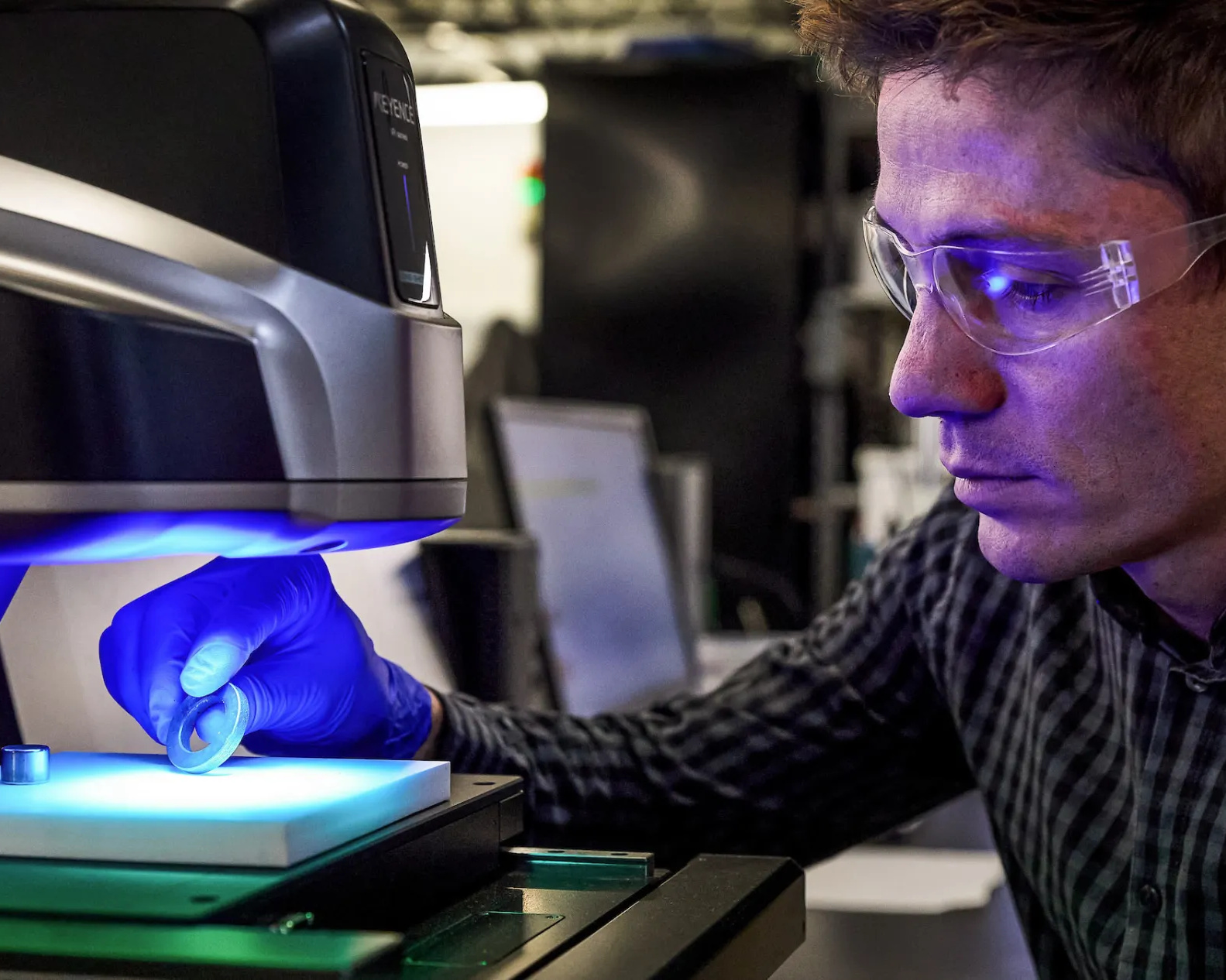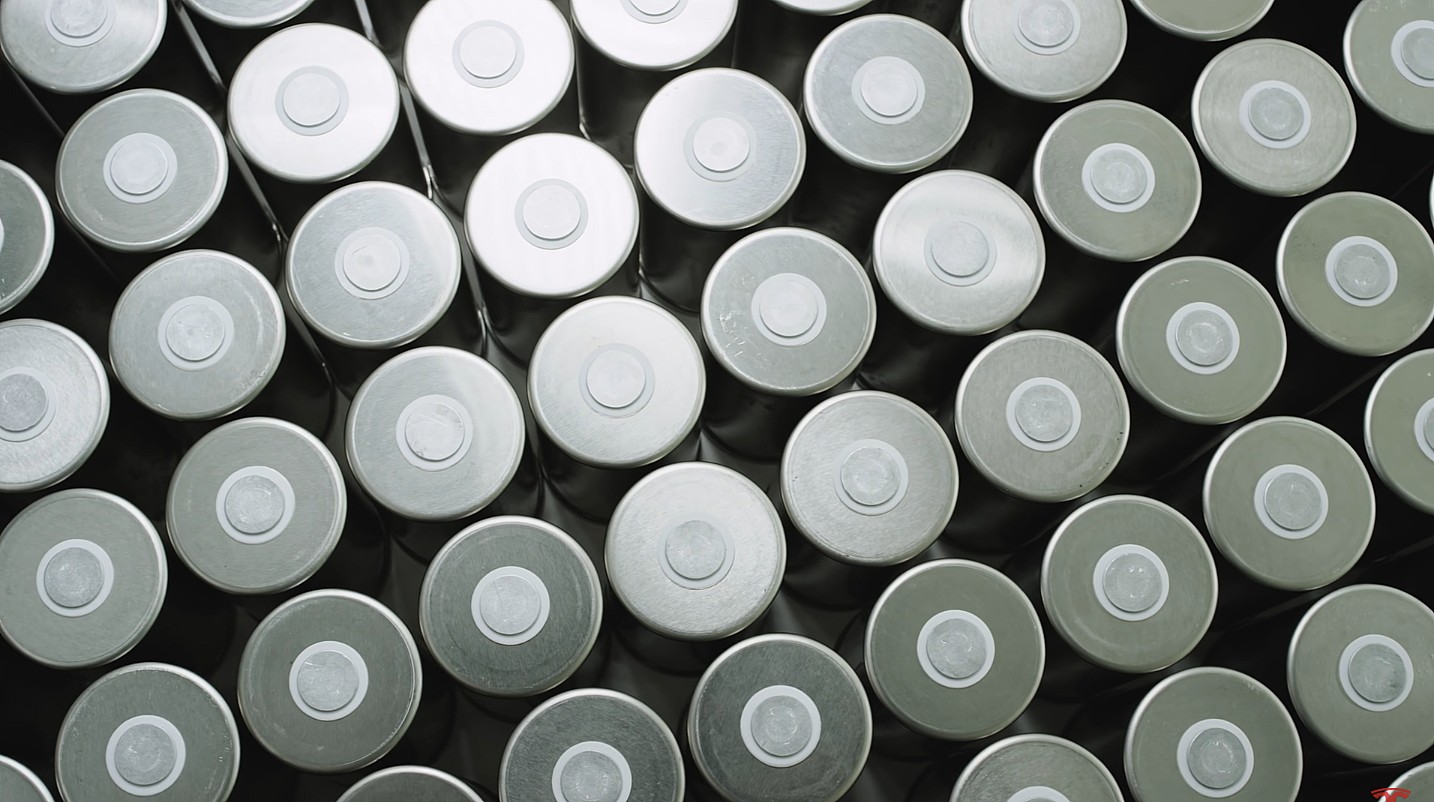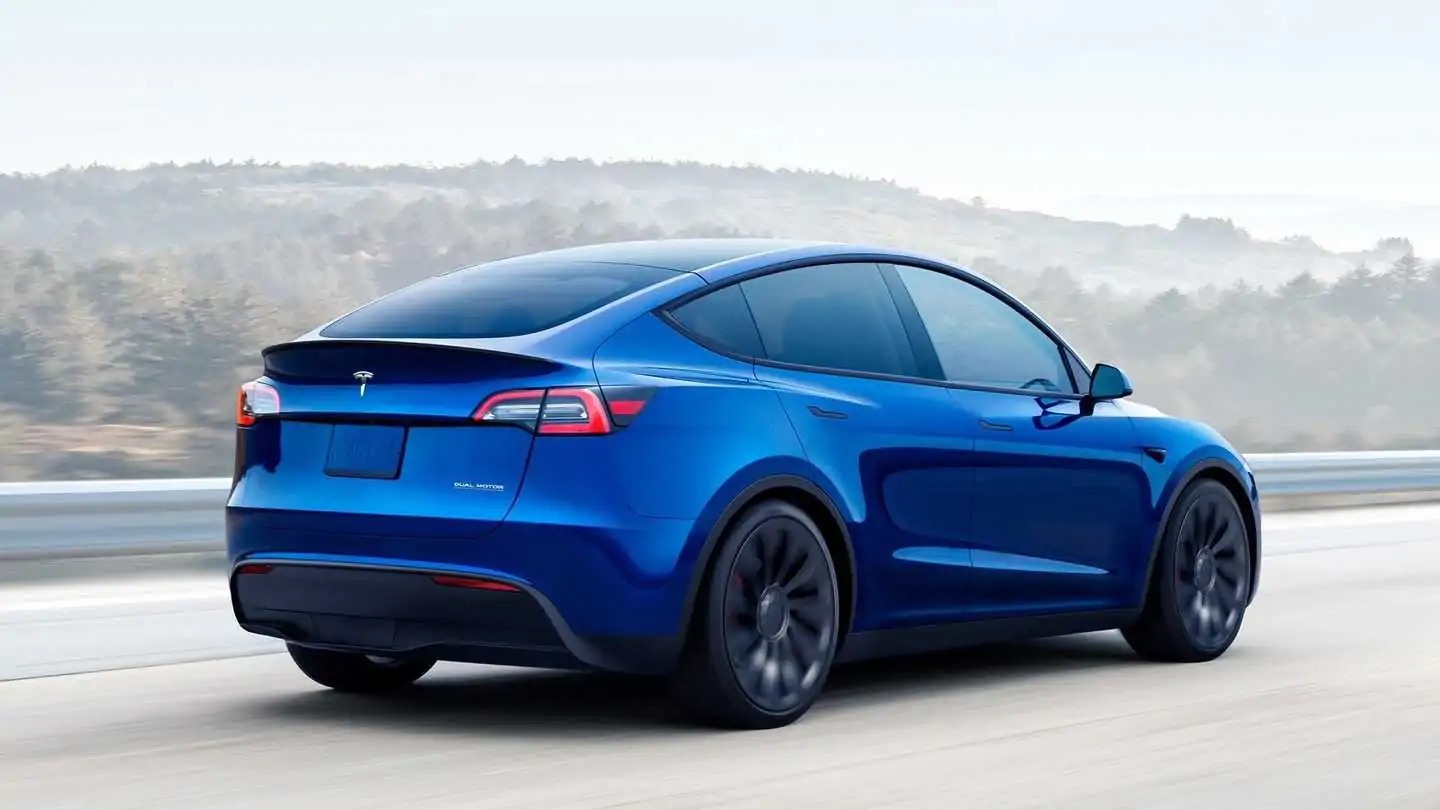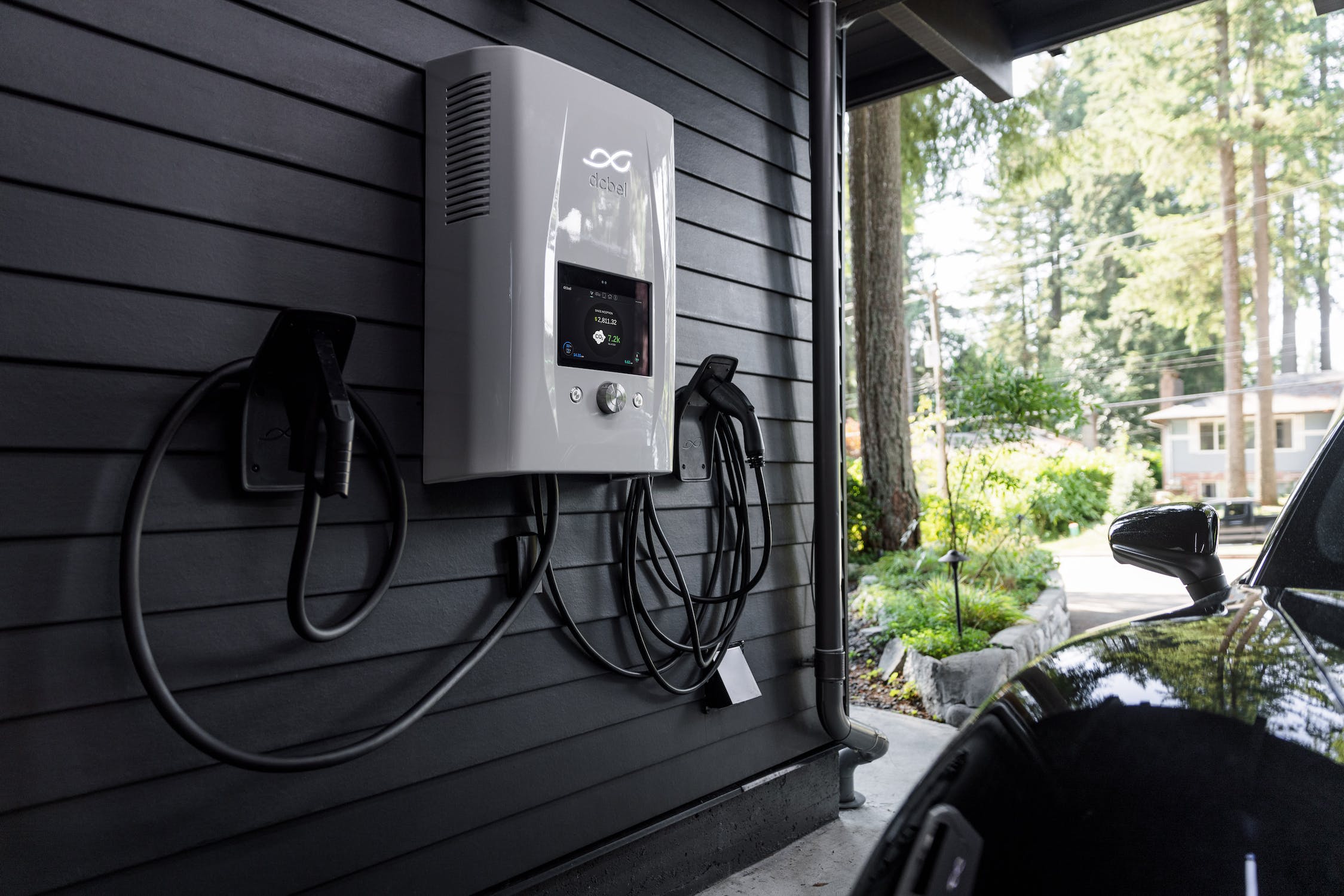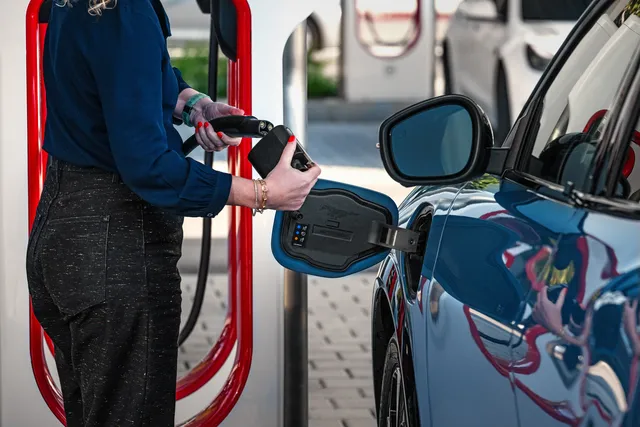The production of high-performance magnets containing rare earth metals, vital components in electric vehicles (EVs), wind turbines, and high-end appliances, faces potential scarcity due to rising demand. In response, researchers are exploring alternative solutions to expedite the global energy transition. Notably, Tesla has declared its intention to move away from rare earth metals.
Permanent magnets made from rare earth metals, such as neodymium and dysprosium, are crucial for the functioning of motors in EVs, wind turbines, and various electrical appliances. The anticipated surge in demand for these magnets poses challenges, with estimates suggesting a sevenfold increase in the supply of some rare earth elements by 2050 for wind turbines alone.
Despite the name, rare earth elements are not inherently scarce; however, limited production sites and low concentrations present obstacles to economically viable mining. Jonathan Rowntree, CEO of Niron Magnetics, emphasizes the need for alternative solutions and technologies to address this looming challenge.
In a strategic move, Tesla announced its decision in 2023 to phase out the use of rare earth metals in its next-generation EVs. Minnesota-based startup Niron Magnetics is actively working towards establishing a production facility for iron nitride, a magnet derived from common elements, as a sustainable solution. The company aims to achieve a production capacity of 1,000 kilograms by the end of 2024.
Iron nitride holds promise as an alternative, being sourced from more abundant materials, thus mitigating concerns related to potential shortages. Additionally, Niron Magnetics is focused on optimizing the material’s potential, with the goal of reaching magnetic energy levels of 20 to 30 MGOe, surpassing the capabilities of current neodymium magnets.
Crucially, iron nitride magnets offer an eco-friendly alternative by eliminating the need for cobalt, a material associated with environmental and humanitarian issues in mining regions such as the Congo. This move aligns with the broader initiative to combat climate change through sustainable alternatives.
Gregg Cremer, advisor to the US Department of Energy’s ARPA-E, underscores the significance of increased magnet production and supply in meeting the objectives of the energy transition. Sustainable alternatives to rare earth magnets emerge as a critical aspect of driving the transition towards cleaner energy sources.

